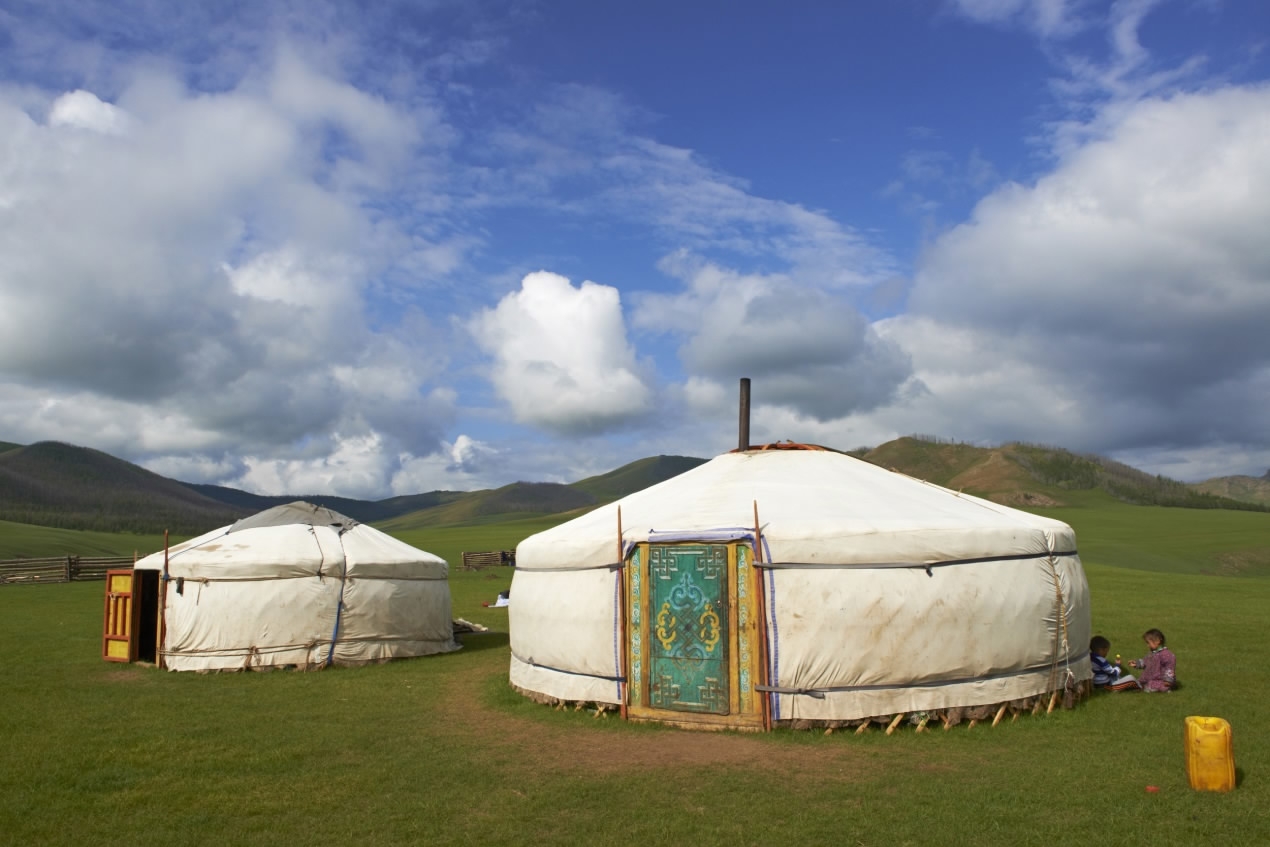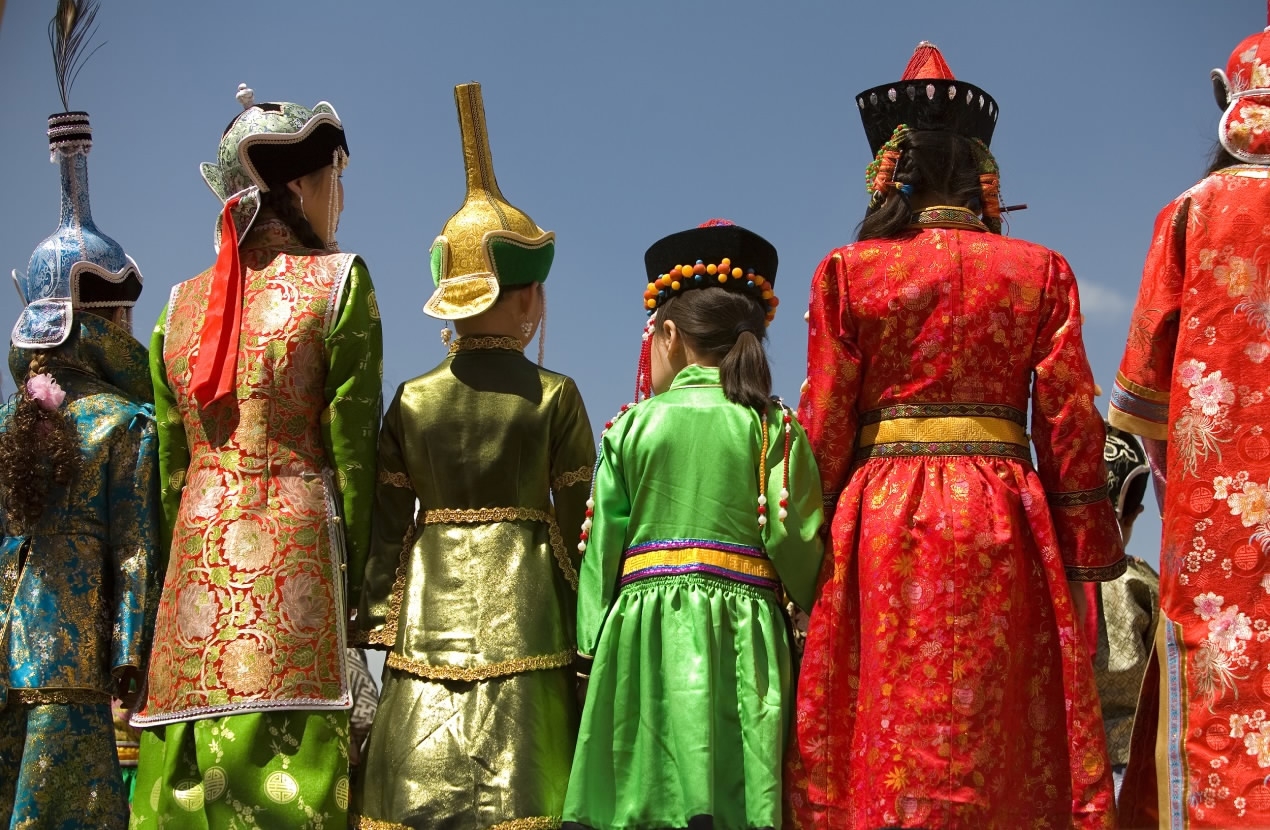
Culture & Sports
20:05, 04-Aug-2017
Mongolian yurts and horse-riding dresses in spotlight amid anniversary celebrations

By CGTN's Jiang Yuting
China's Inner Mongolia Autonomous Region is well known for its traditional culture. As the first autonomous region established in China marks its 70th founding anniversary, Inner Mongolia is being celebrated for its colorful dress and distinctive building styles.
The Mongolian ger, or yurt, is a form of accommodation that has long amazed the world. It is easy to carry and fix, and especially suitable for the nomadic lifestyle pursued by many rural Mongolians.
A typical ger is a circular single roomed tent supported by wooden latticed frames and lined with felt. The roof structure is often self-supporting, but large yurts may have interior posts supporting the crown.

Inside a Mongolian ger /CGTN Photo
Inside a Mongolian ger /CGTN Photo
The Mongolian ger has been included on China’s national cultural heritage list since 2008.
Another key item on the list is Mongolia's traditional dress. Such clothing dates back 800 years, and is a treasure of Chinese culture.
One of the most colorful and original items in the Mongolian wardrobe is headwear. Mongolian head dresses differ in shape and purpose.

Mongolian attire /CGTN Photo
Mongolian attire /CGTN Photo
The deel is a long traditional outer dress with a high collar and an open asymmetrical overlapping front. It is usually cut as one piece and has a simple design that fits loosely and is comfortable for mounting and riding horses.
Mongolian clothes suit the many different occasions of nomadic life: be it horse riding, staying overnight on the steppe or parading during national celebrations.
The patterns, trimmings and colors of traditional Mongolian dress have a lot of symbolism. They represent the human qualities essential for living on the steppes.
The delicate embroidery, colorful patterns and intricate headwear of Mongolian clothing have been passed down from generation to generation.
415km

SITEMAP
Copyright © 2018 CGTN. Beijing ICP prepared NO.16065310-3
Copyright © 2018 CGTN. Beijing ICP prepared NO.16065310-3